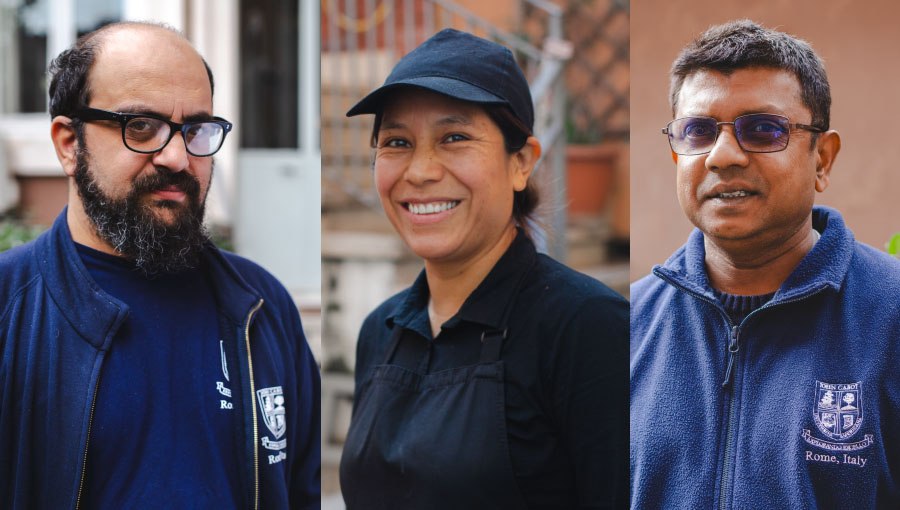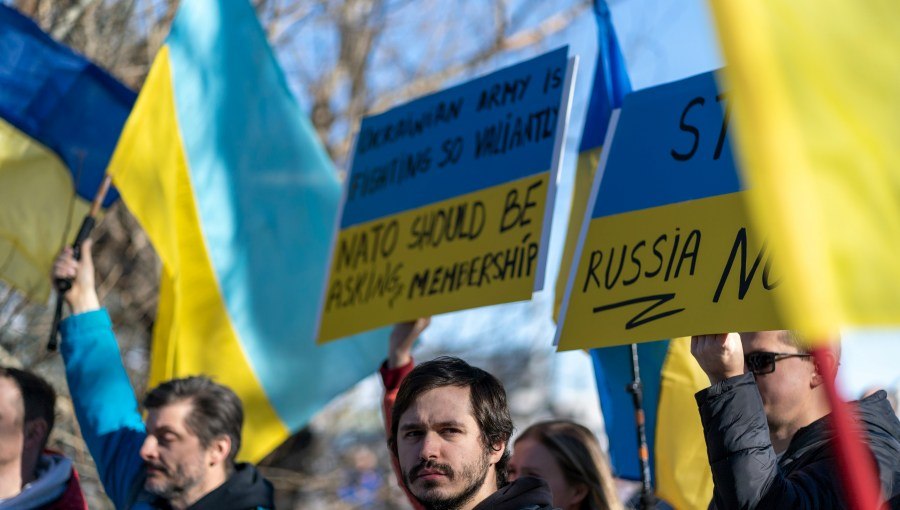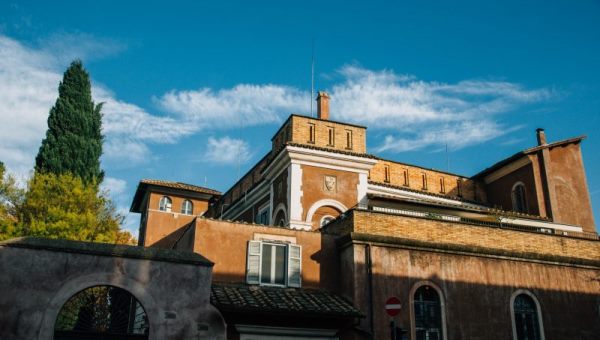The Syrian Civil War at Year Eight: A Talk by Professor Ibrahim Al-Marashi
How is the 1991 post- Gulf War uprising in Iraq a historical precedent to the Syrian civil war? What are the similarities between the Spanish civil war (1936-1939) and the Syrian civil war? And what is their connection to Italy?
John Cabot University’s Department of Political Science and International Affairs invited Professor Ibrahim Al-Marashi, visiting professor from the Department of History of the California State University San Marcos, to give a talk called “The Syrian Civil War at Year Eight: Examining The Relationship Between Syria, Spain, and Italy in a Mediterranean Conflict” on June 26, 2019.
After the Gulf War in Iraq, in 1991, both the Kurds in the North and the Shia in the South revolted. Out of Iraq’s 18 provinces, 15 went to the rebels, and only 3 provinces were left in the hands of Saddam Hussein. Even after the US decimated Iraq’s military equipment, enough was still left to be turned against the Iraqi people. It was estimated that over the span of three weeks, 200 thousand people were killed.
“As a historian, I compare the Iraqi security agencies to the Syrian ones. They’re a mirror image of each other, and they’re just as brutal as each other” said Professor Al-Marashi. In 2012, the Syrian army had suffered a lot of defections, but a lot of its equipment was still there, which led Professor Al-Marashi to believe that the outcome of the civil war would be similar to the outcome of the Iraqi uprising.
In July 2012, Professor Al-Marashi was briefing a group of countries known as The Friends of Syria, an international diplomatic collective of countries and bodies convening periodically on the topic of Syria outside of the U.N. Security Council. “An entire military meant for conventional war is going to be turned against a civilian population and it’s going to be a bloodbath” Professor Al-Marashi told them. The military assets of the Free Syrian Army could not compete with the Syrian government’s military assets.
According to Professor Al-Marashi, the Syrian civil war has several things in common with the Spanish civil war. One similarity between the two civil wars is the fact that in both cases foreign air force intervened. Italian and German aircrafts were deployed in the Spanish civil war, and a Russian intervention with 38 aircrafts strengthened the Syrian government’s assets. Another similarity between the two civil wars was the role females played in combat. In both cases, women actively participated in the war. Foreign indifference was another aspect that the two civil wars had in common, and lastly, the phenomenon of the participation of independent foreign volunteers both in Spain and Syria.
Italy’s connection to the Syrian civil war is due to the involvement of foreign volunteers. The case of Giuliano Ibrahim Delnevo in notable. Delnevo was a young man from Genoa who converted to Islam, joined Isis, and died in Syria, where he had traveled to fight against the government of Assad. Olivier Roy, a scholar from the European University Institute in Florence argues that the two demographics that are most vulnerable to joining groups like Isis are second generation immigrants and converts. The reason why converts are more vulnerable is because some of them want to prove that they are “more Muslim than those who were born into the religion”.
Another Italian who also traveled to Syria was a Jesuit priest called Father Paolo Dall’Oglio. His reasons, however, were completely different. After restoring an ancient monastery in Syria in the 1980s, he turned it into a symbol of interfaith harmony. Because of his stance against the government during the Syrian civil war, he was expelled. In 2013 he traveled back to Syria to find two kidnapped priests, but his traces were lost and his faith is still unknown.
Professor Al-Marashi said that one question people should think about is “How are children going to be affected? How will the future generations be affected by this conflict?” He concluded the talk by telling an anecdote about a 6-year-old Syrian refugee. While playing with building blocks, they built a house. Then the kid said “Now let’s destroy it, like my house in Syria was.”
Professor Ibrahim Al-Marashi is the author of a 2003 article called Iraq’s Security & Intelligence Network: A Guide & Analysis, which was plagiarized by the British Government in a briefing document entitled Iraq: Its Infrastructure of Concealment, Deception and Intimidation. This document was ultimately used by the government to justify its involvement in the 2003 Invasion of Iraq. Large portions of Professor Al-Marashi’s article were quoted verbatim by then United States Secretary of State Colin Powell to the U.N. General Assembly.






